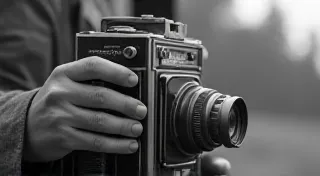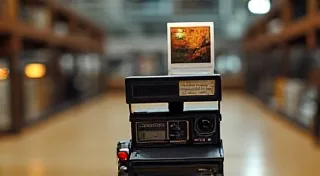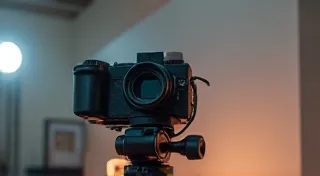Folding Cameras: Compact and Convenient Photography
The world of antique cameras offers a fascinating journey through technological innovation and artistic expression. Among the most beloved and enduring designs are folding cameras. These ingenious devices, combining portability with functionality, revolutionized photography in the late 19th and early 20th centuries, bringing the joy of picture-taking to a wider audience. This article explores the history, design, and appeal of folding cameras, focusing on prominent marques like Kodak and Ensign.
The Rise of Portability: Before Folding Cameras
Before the advent of folding cameras, photography was largely confined to studios or required bulky, rigid cameras, making casual picture-taking a cumbersome endeavor. Early cameras often involved wet plate processes, which demanded immediate development and were far from convenient for travel. The desire for a more accessible and portable photographic experience fueled the search for a better solution. The introduction of roll film by George Eastman and Kodak in the 1880s was a critical first step, but cameras utilizing this film were still often substantial. The early struggles with cumbersome equipment and the evolving demands for portability significantly shaped the landscape of photographic innovation. The limitations of these early photographic techniques often meant that repairs and maintenance were essential; for those interested in preserving photographic history, exploring restoring a vintage camera can be a rewarding experience.
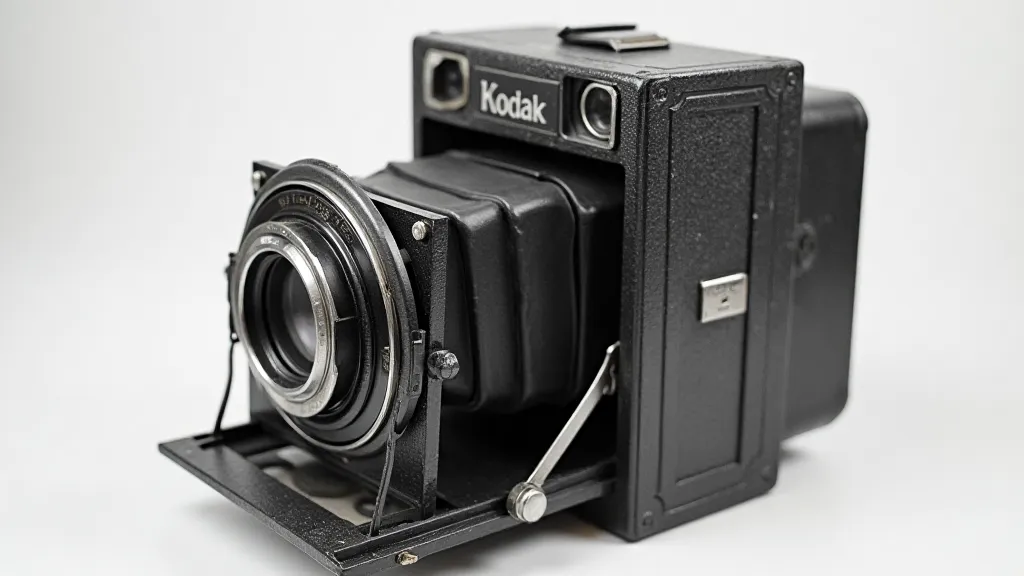
The Genius of the Folding Design
The folding camera's defining feature was, of course, its ability to collapse into a compact form. This was achieved through a clever system of hinges and sliding components that allowed the camera body, lens, and bellows to fold inwards. The bellows, a flexible material (typically leather or rubberized fabric) that created the light-tight space for image formation, was key to this collapsing mechanism. Early folding cameras were often quite elaborate, with intricate levers and knobs for focusing and shutter control. Later designs streamlined the process, prioritizing ease of use. The development of the bellows itself represented a crucial advancement, allowing for a compact and adaptable photographic instrument. The engineering challenges involved in creating these intricate designs pushed the boundaries of photographic technology, influencing subsequent camera design philosophy. The ability to capture images without the burden of large, unwieldy equipment opened up new possibilities for photographers and changed the way people documented their lives.
Kodak and the Democratization of Photography
Kodak was undeniably a driving force in the popularization of folding cameras. Eastman's vision of “You press the button, we do the rest” resonated deeply with the public, and folding Kodak cameras became synonymous with amateur photography. The Brownie, introduced in 1900, epitomized this accessibility. Its low price and simple operation made photography a pastime for the masses. The evolution of these cameras reflected a larger shift toward making photography more broadly accessible. The shift from the complex processes of early photography to the simpler, folding cameras marked a pivotal moment in the landscape of photographic innovation. As camera technology advanced, the focus shifted not only to capturing images but also to reaching a wider audience. The appeal of Kodak’s design wasn’t just user-friendly; it made photography appealing to broader families. The lasting legacy of Kodak extends beyond the camera itself; it’s about empowering individuals to preserve memories and share their perspectives. The impact on visual culture cannot be overstated.
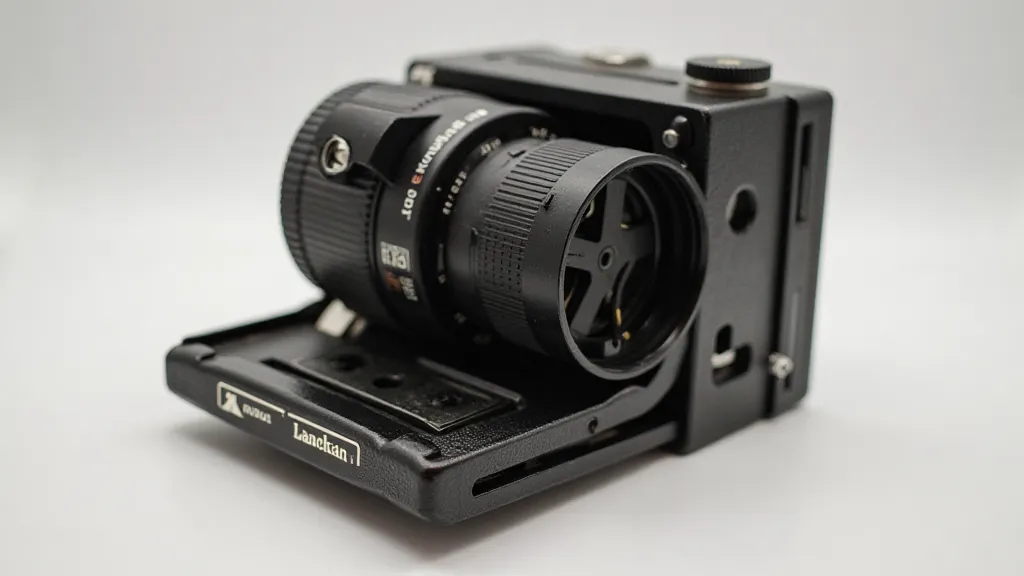
Beyond Kodak: Ensign and Other Makers
While Kodak dominated the folding camera market, other manufacturers also produced excellent examples. Ensign, a British firm, was particularly renowned for its robust and well-engineered folding cameras. Ensign cameras often featured a distinctive "rabbit ears" design and were prized by serious amateurs. Their build quality and reliability made them a favorite among those who demanded the best. Other notable makers included Coronet, Thornton-Pickard, and Zeiss Ikon. These manufacturers often experimented with different features and designs, contributing to the diversity of folding cameras available. Studying these lesser-known marques offers a deeper appreciation for the breadth of innovation in early photography.
Collecting Folding Cameras Today
Today, folding cameras are highly sought after by camera collecting enthusiasts. They represent a tangible link to a bygone era of photography, embodying both technological innovation and elegant design. Their relatively compact size and often affordable price point (compared to other antique cameras) make them accessible to a wide range of collectors. Factors influencing their value include the manufacturer, model, condition, and presence of original accessories. The appeal lies not just in the mechanical ingenuity but also in the aesthetic beauty and historical significance of these artifacts. Many collectors are particularly drawn to the visual richness and depth attainable with early lenses – a quality that can be further explored through understanding how chromatic aberrations impact the character of vintage photographs.
Caring for Your Folding Camera
Preserving your folding camera requires careful attention. Here are a few essential tips:
- Cleanliness: Regularly clean the camera body and lens with a soft cloth.
- Lubrication: Lightly lubricate moving parts to prevent rust and ensure smooth operation.
- Storage: Store the camera in a cool, dry place, protected from direct sunlight.
- Bellows Condition: The bellows are the most vulnerable part of a folding camera. Check them regularly for pinholes or leaks.
The challenges faced by early photographers extended beyond simply operating the cameras themselves. Understanding the processes behind capturing and developing images adds another layer of appreciation. For those fascinated by alternate ways of capturing the world, examining the methodology used in stereo cameras can provide insights into experimental photographic practices.
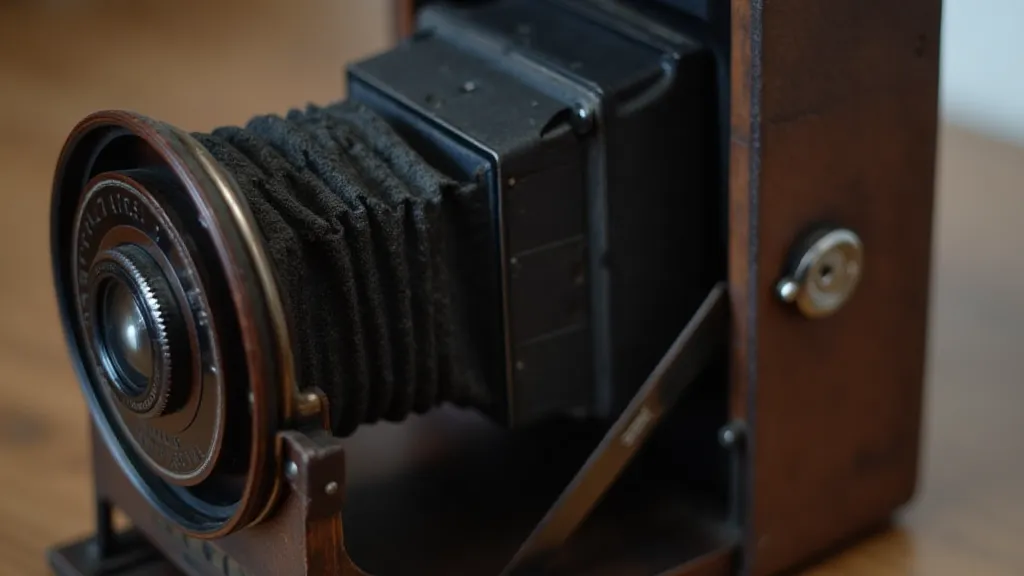
Folding cameras represent a remarkable chapter in the history of photography. Their portability and convenience were game-changers, allowing photographers to capture moments in ways that were previously unimaginable. The legacy of these cameras is not merely technological; it's about the democratization of visual storytelling.
